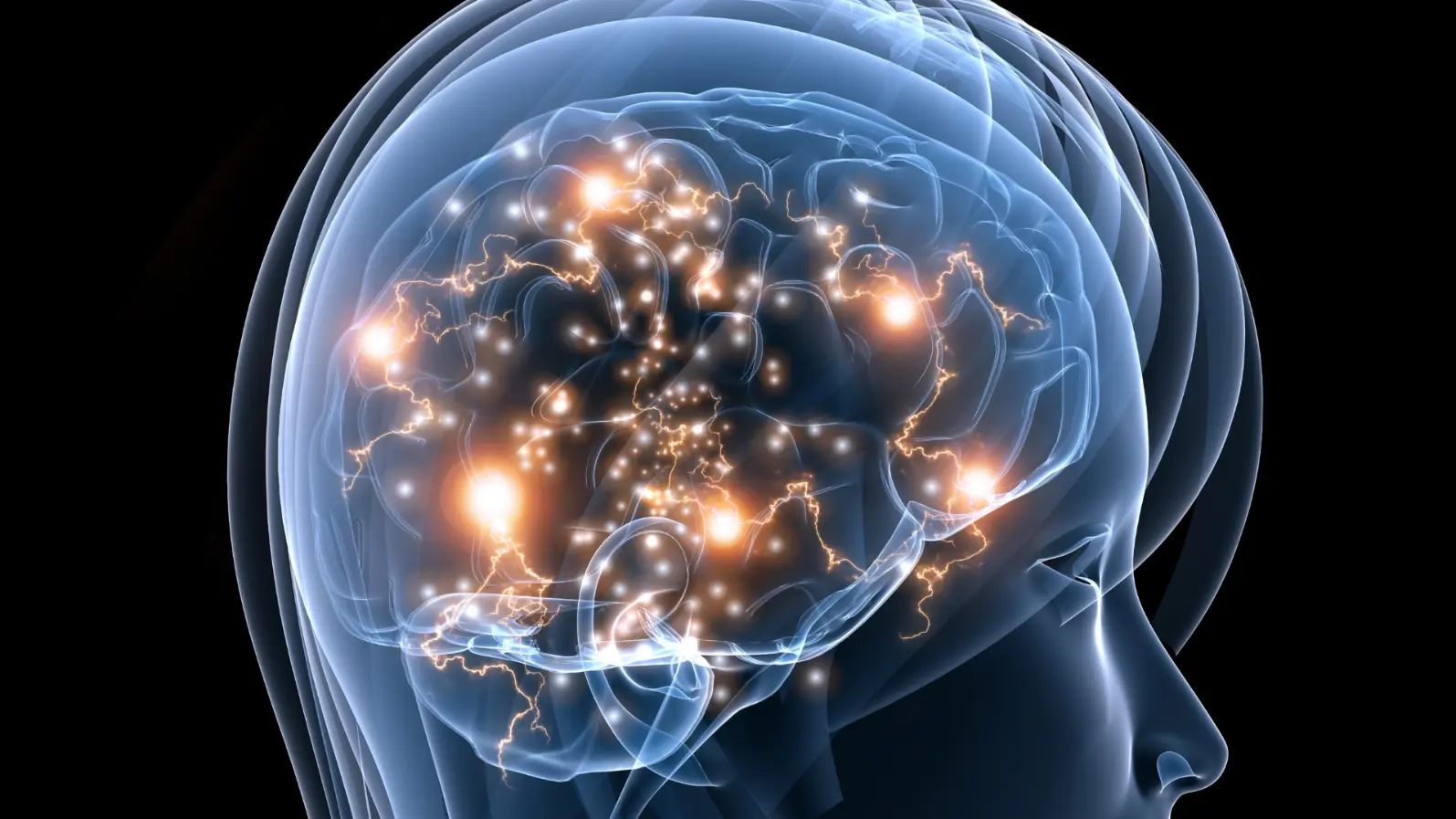
Fast Dopamine, Fast Addiction: How Speed Shapes the Brain’s Response to Drugs
When Speed Becomes the Hook
Why do some drugs feel instantly euphoric—and dangerously addictive—while others don’t?
Scientists have long known that the faster a drug enters the brain, the more powerful and habit‐forming it tends to be. But what actually happens in the brain during that split second of “rush” has remained a mystery.
A new study from the U.S. National Institutes of Health (NIH) has uncovered the specific brain circuits that light up when dopamine—the brain’s pleasure chemical—rises quickly. The findings help explain why drugs injected or smoked can be so much more addictive than those taken orally.
Tracking the Brain in Real Time
To peek inside the human brain as dopamine surges, researchers combined two powerful imaging tools: positron emission tomography (PET) and functional MRI (fMRI).
Twenty healthy volunteers received methylphenidate (Ritalin)—a stimulant similar to cocaine—either orally (slow brain entry) or intravenously (fast brain entry). Although both methods ultimately produced similar overall dopamine levels, the speed of dopamine rise differed dramatically.
The team then compared how brain activity changed during these fast and slow dopamine increases—and how these changes matched the participants’ self‐reported feelings of being “high.”
The Brain’s “Addiction Circuit”
The results were striking.
When dopamine increased slowly, brain activity dropped mainly in the ventromedial prefrontal cortex, a region linked to motivation and emotional control.
But when dopamine spiked quickly, a completely different circuit switched on: the dorsal anterior cingulate cortex (dACC) and the insula, two key parts of the brain’s salience network—the system that detects and reacts to important stimuli.
These areas didn’t just activate—they synchronized their activity with the dorsal caudate, a deep brain structure involved in learning and habit formation. The stronger this synchronization, the stronger participants reported feeling “high.”
Why This Matters for Addiction
This study is the first in humans to show that fast dopamine surges specifically recruit the salience network—a circuit previously linked to drug craving and relapse.
In contrast, slow dopamine increases, like those produced by oral medication, didn’t engage this network or produce strong euphoria.
The discovery helps clarify why drugs that enter the brain almost instantly (via injection or inhalation) are far more likely to cause addiction than those absorbed slowly. It also suggests new therapeutic targets: treatments that reduce activity or connectivity in the dACC–insula–caudate circuit could potentially blunt the rewarding effects of drugs.
From Understanding to Treatment
Interestingly, the regions activated by fast dopamine surges overlap with those where brain lesions have been shown to eliminate addiction in some patients. This overlap hints that precisely targeting these circuits through noninvasive brain stimulation might help curb cravings and prevent relapse.
As coauthor Dr. Nora Volkow notes, understanding how speed shapes the brain’s response to drugs could reshape addiction therapy:
“It’s not just what drug you take—but how fast it reaches your brain—that determines its addictive power.”
Reference
Manza, P., Tomasi, D., Shokri-Kojori, E., Zhang, R., Kroll, D., Feldman, D., McPherson, K., Biesecker, C., Dennis, E., Johnson, A., Yuan, K., Wang, W.-T., Yonga, M.-V., Wang, G.-J., & Volkow, N. D. (2023). Neural circuit selective for fast but not slow dopamine increases in drug reward. Nature Communications, 14:6408.